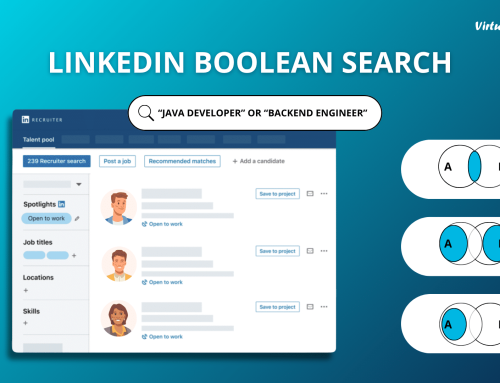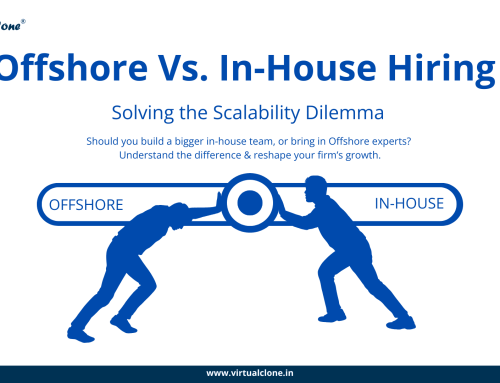The traditional task-based outsourcing model is swiftly becoming obsolete. Companies that once depended on sending discrete tasks to external providers are realising that their competitors have evolved beyond this method. They are now adopting capability-based partnerships that unlock transformative business value.
The fundamental shift from task-based outsourcing to capability-based partnerships represents one of the most critical strategic transformations in modern business. While task-based outsourcing emphasises primarily on sustainable value through innovation, deep expertise sharing, and strategic alignment that drives competitive advantage.
The Fundamental Differences: Task-Based Outsourcing vs. Capability-Based Partnerships
Task-based outsourcing operates on a transactional model where organisations identify specific, repetitive activities and transfer them to external providers primarily for cost efficiency. This approach treats external partners as interchangeable vendors who execute predefined tasks according to detailed specifications and service level agreements.
In contrast, capability-based partnerships focus on accessing and developing strategic capabilities that enhance core business functions. Rather than outsourcing individual tasks, organisations collaborate with providers who bring complementary expertise, innovative capacity, and strategic insights that drive business transformation.
The key distinction lies in the depth of the relationship and strategic intent. Task-based outsourcing maintains clear boundaries between client and vendor, with limited collaboration beyond task execution. Capability-based partnerships blur these boundaries, creating integrated teams where external partners contribute to strategic planning, process innovation, and business growth initiatives.
Why Task-Based Outsourcing Falls Short in Today’s Market
While task-based outsourcing provides value in simpler business environments, it imposes significant limitations in today’s dynamic marketplace. Organisations micromanage, expending excessive resources on specification development, performance monitoring, and vendor relationship management.
The narrow focus inherent in task-based outsourcing hinders external partners from grasping the broader business context or contributing strategic insights that could transform entire processes. Partners become order-takers rather than value-creators, restricting their ability to drive innovation or propose improvements that could enhance the overall business.
Furthermore, task-based outsourcing fosters dependency relationships that can evolve into strategic liabilities. When partners are perceived as replaceable task-executors rather than strategic assets. Organisations overlook opportunities to cultivate competitive advantages through deep collaboration and knowledge sharing that capability-based partnerships facilitate.
The Strategic Value of Capability-Based Partnerships
Capability-based partnerships signify a fundamental reimagining of external relationships. Rather than fragmenting work into discrete tasks, organisations identify the strategic capabilities they need to develop or enhance and then establish long-term partnerships with providers who can deliver those capabilities while fostering business innovation and growth.
These partnerships transcend the traditional client-vendor dynamic typically found in task-based outsourcing. Partners in capability-based relationships become genuine extensions of internal teams. By possessing a deep understanding of business context, strategic objectives, and market challenges. They proactively contribute to strategic initiatives instead of merely executing predefined requirements.
The measurement focus shifts dramatically from task-based outsourcing metrics, such as cost per transaction and error rates, to business outcome metrics. Like revenue growth contribution, innovation generation, and strategic objective achievement. This alignment ensures that capability-based partnerships drive meaningful business value rather than just operational efficiency.
Building the Foundation for Success
Successful capability-based partnerships require careful attention to relationship architecture. Unlike traditional vendor relationships governed by detailed service-level agreements, these partnerships need governance structures that enable flexibility, innovation, and shared decision-making.
This often means establishing joint governance committees, shared performance metrics, and collaborative planning processes. Partners should have visibility into business strategy and the opportunity to contribute to strategic planning discussions.
Investment in relationship development becomes critical. This includes not just formal training and onboarding, but ongoing cultural exchange, joint problem-solving sessions, and shared learning initiatives. The goal is to break down the traditional client-vendor barriers and create truly integrated teams.
Communication structures must also evolve. Rather than formal, hierarchical reporting relationships, capability-based partnerships thrive on frequent, informal communication across multiple organisational levels.
Measuring Success Differently
Traditional outsourcing relationships emphasize operational metrics such as cost per transaction, error rates, delivery times, and compliance measures. While these metrics remain significant, capability-based partnerships necessitate additional measures that capture strategic value creation.
These may include innovation metrics like the number of process improvements suggested and implemented, new revenue generated through partner contributions, or enhancements in customer satisfaction scores. The key is to measure outcomes that align with broader business objectives rather than solely focusing on operational efficiency.
Partner performance should also be assessed based on their contribution to organizational learning and capability development. Are they fostering internal expertise? Are they transferring knowledge and best practices? Are they aiding the organization in becoming more competitive in its core markets?
Overcoming Common Challenges
The shift to capability-based partnerships presents challenges. Many organizations grapple with control issues, fearing a loss of oversight over critical business processes. Others encounter internal resistance from teams used to traditional vendor management methods.
These obstacles necessitate proactive management and clear communication regarding the strategic rationale for change. Leadership must convey why capability-based partnerships are vital for long-term competitiveness and offer the support needed for teams to cultivate new collaboration skills.
Risk management strategies must also adapt. While task-based outsourcing risks are generally operational, capability-based partnerships introduce strategic risks that require different mitigation strategies. This may involve developing multiple partnership relationships, retaining certain internal capabilities, or establishing clear exit strategies.
The Future of Strategic Partnerships
The most successful organizations are already progressing beyond capability-based partnerships toward what could be termed ecosystem partnerships. These involve networks of interconnected partners who collaborate not only with the primary organisation but also with one another to create comprehensive solutions.
These ecosystem approaches allow organizations to access capabilities that would be impossible to develop internally while retaining the flexibility to adapt swiftly to changing market conditions. They signify the next evolution in strategic partnership thinking.
Companies that successfully navigate this transition will find themselves with sustainable competitive advantages that are challenging for competitors to replicate. They will gain access to world-class capabilities without the burden of building everything internally, enabling them to innovate and adapt more rapidly than organizations still confined to traditional outsourcing models.
Making the Transition
For organizations poised to undertake this transition, the journey starts with a candid evaluation of existing relationships and a clear definition of future strategic requirements. It necessitates patience, as cultivating genuine partnerships takes time. And it requires new competencies in relationship management and collaborative leadership.
Nevertheless, organizations that successfully navigate this transition will find that they have not only enhanced their outsourcing relationships but have also fundamentally transformed their capacity to compete and innovate.
The question is not whether to embark on this transition, but how swiftly you can start forging the partnerships that will shape your competitive advantage for the next decade.






